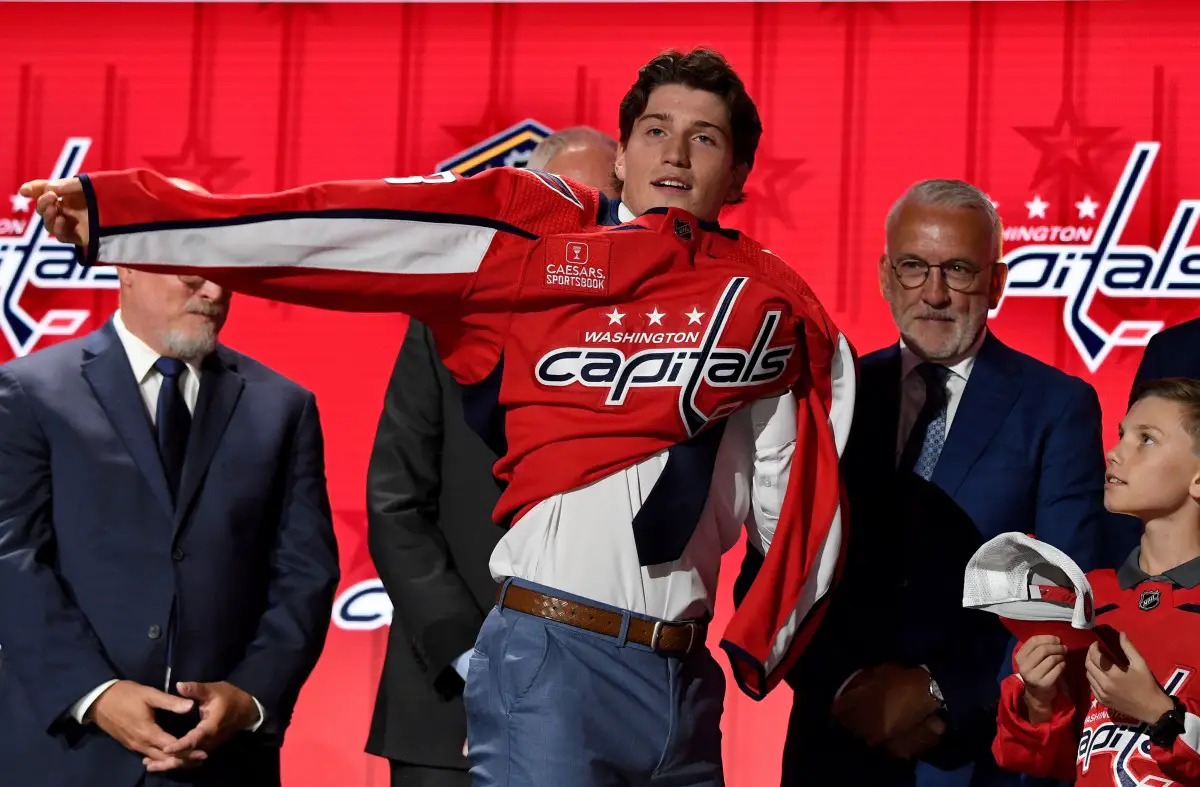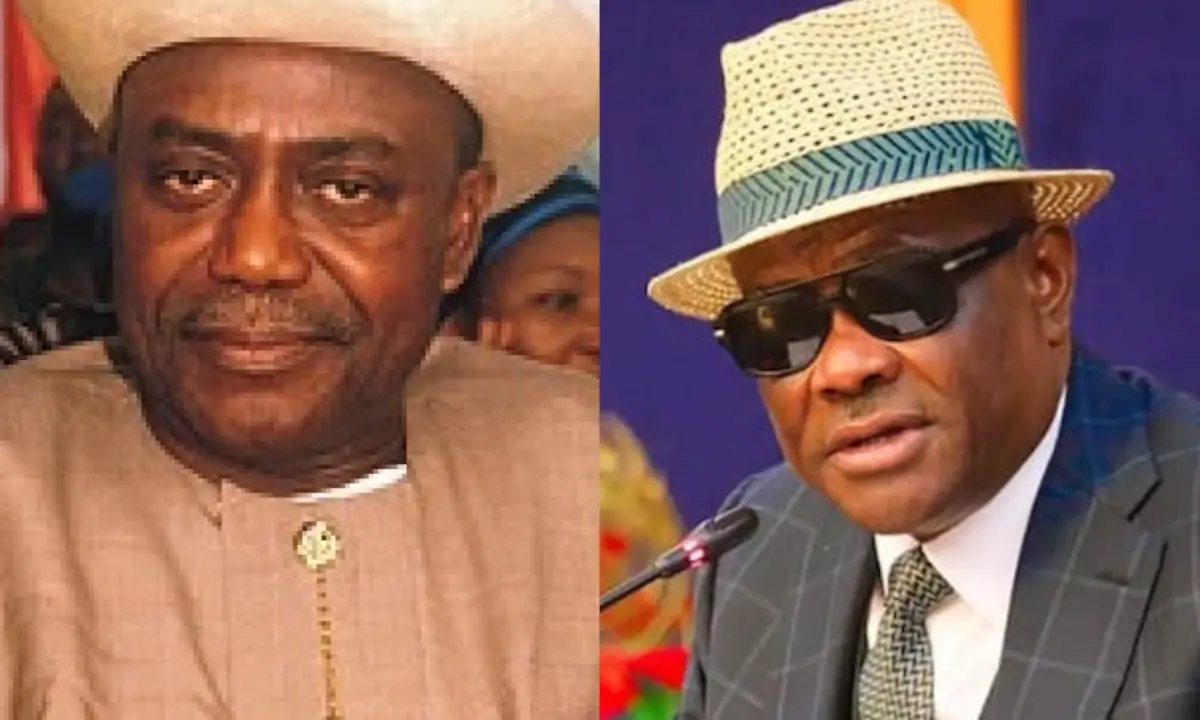Let’s play the word association game. What do you think of when you read the following? Plaid. Workwear. Camo. If it isn’t words such as practical, hardwearing, hunting or fishing then you’ve been drinking from fashion’s well for too long. Because while in recent years luxury labels have turned all of the above into catwalk fodder, these are the clothes equivalents of agriculture, land, the great outdoors.
They also just happen to be the cornerstones of vice-president nominee Tim Walz’s style. He wore an LL Bean barn jacket while on a farm last November, and was spotted in a camouflage cap after he got the call from Kamala Harris asking him to be her running buddy. His wardrobe is all Carhartt, fleeces, jeans, Red Wing boots and worn-in T-shirts.
Because, offstage and off-duty, away from the national stage and at home in Minnesota, Tim Walz is “a regular guy”. Or, a regular Nebraska-born former high school football coach with a gun licence, a penchant for ice fishing and 24 years in the National Guard under his well-worn leather belt, an extra hole teased into it with a Swiss army knife.
Commentators have been quick to define his style as possessing “a kind of down-home lack of fuss” and his vibe as “a white guy who exudes midwestern dad energy”. He can wear the kind of quote unquote normal clothes that many voters wear and not look like he is trying to cosplay as a salt-of-the-earth kind of guy. He wears patinated Carhartt with the ease of someone who has been wearing it for years. He wears clothes to actually do the thing they were intended for, not to weaponise whatever said thing is symbolic of – hunting clothes to hunt, for instance, as opposed to hunting clothes on the campaign trail in a bid to harness the optics of hunting. “Democrats want to foreground that he wears these clothes not to appeal to a middle-class voter from middle America; he wears them because he is a middle-class voter from middle America,” wrote Washington Post fashion writer Rachel Tashjian in a recent column.
But most of all, commentators – and the Democrats keen to translate workwear jackets into “blue wall” votes – have been keen to flag the authenticity of his plaid and boots. “You can tell those flannel shirts he wears don’t come from some political consultant,” said former president Barack Obama recently. “They come from his closet – and they have been through some stuff.” This kind of rural sartorial “authenticity” isn’t the kind of thing you can buy. It just is. And, realistically, sartorial authenticity to many male politicians is navy blue suits and ties and not the hard hats and big boots they favour for site visits and more masculine-coded events.
Others have succeeded in signalling their own brand of authenticity – whatever that looks like in their case – long before Walz was mentioned as a prospective ticket mate. Bernie Sanders, for one. As Guardian columnist Jonathan Freedland said back in 2020 of the Vermont scruffbag-millionaire: “A politician who does not appear to have been styled by advisers … immediately conveys through their dress that they are different – that they are their own person, that they listen to their conscience rather than to spin doctors and handlers, that they are people of principle and conviction and that, perhaps, they care too deeply about serious issues to be bothered with such trivia as their personal appearance.”
Many politicians before have tried to style or spend their way out of appearing elitist or out-of-touch. On that side of the Atlantic, there was Florida governor Ron DeSantis who looked like an alligator out of water in fishing shirts on the campaign trail or Texas governor Rick Perry wearing a too-stiff barn jacket. On this side, any excuse to bring up William Hague on a log flume in a baseball cap with “HAGUE” on it. And Rishi Sunak, who could no more hide that he is a quarter-zip sweater kind of guy with a fortune of £650m than he could make anyone believe that he had owned the enormous Timberland boots he wore to speak to Border Force crews “for ages”. In truth, he couldn’t win: he was also lambasted for wearing Prada loafers to a building site, which were far more authentically him. It isn’t just a pitfall for rightwing politicians: see former barrister Keir Starmer in military fatigues for one example.
There is very much a double standard here. As Tashjian writes: “It’s funny to imagine a political party foregrounding a woman’s down-to-earth wardrobe: we just love the senator for wearing those Lululemon leggings. To be taken more seriously, at this level of politics, a man dresses down and a woman dresses up.” It’s a good point – in fact, maybe it is why Kamala Harris’s Converse seem to have been taking a back seat.
after newsletter promotion
There is another layer to all of this, because how much any of Walz’s authentic workwear will actually translate into rural votes is yet to be seen. But it certainly feels like a stronger sartorial bid than most and one that may well do the unthinkable, making politicians’ style something to aspire to rather than deride, something that causes a spike in Carhartt or peak in plaid as opposed to killing off a look, as Sunak did to Sambas. Are we about to see the Walz effect? Only time will tell.
To read the complete version of this newsletter – complete with this week’s trending topics in The Measure and your wardrobe dilemmas solved – subscribe to receive Fashion Statement in your inbox every Thursday.






